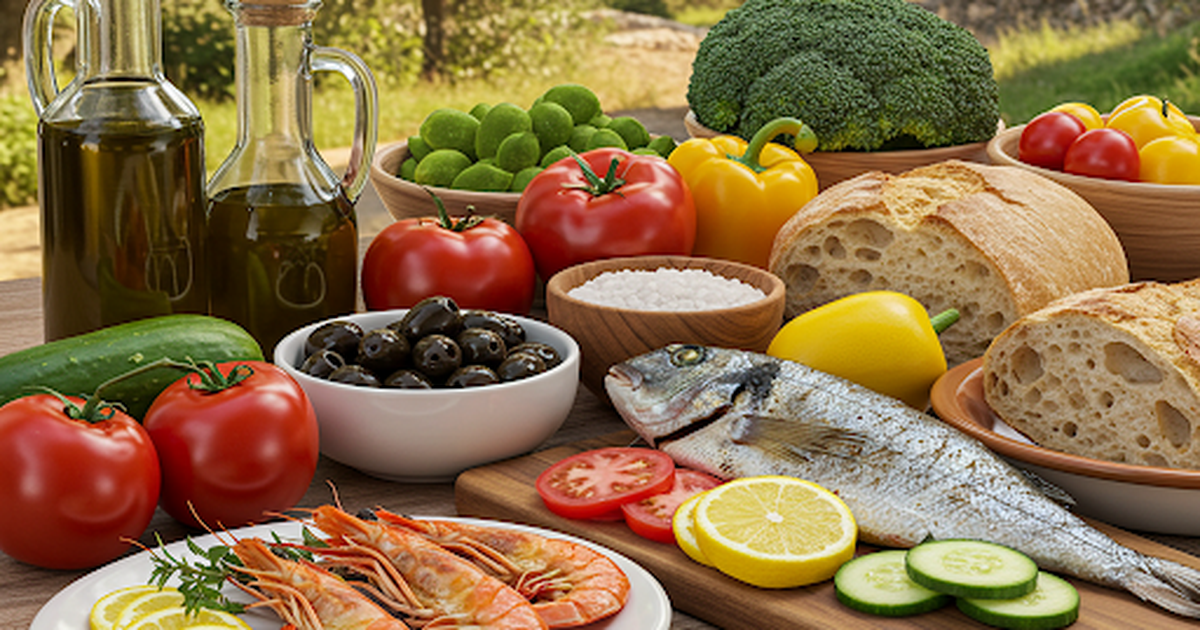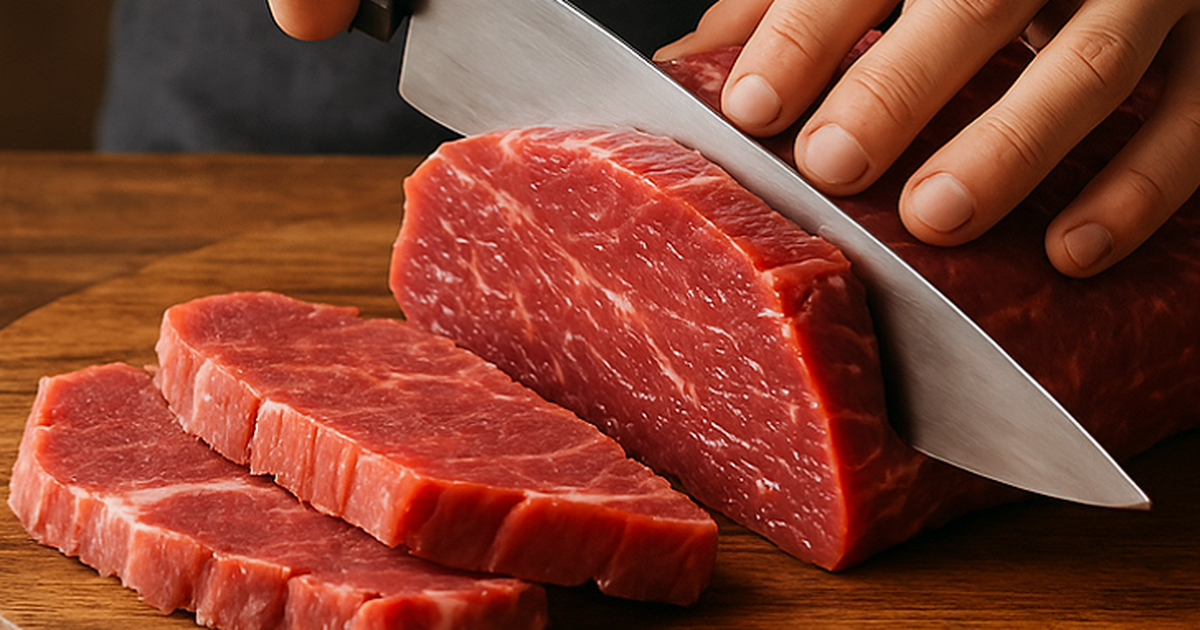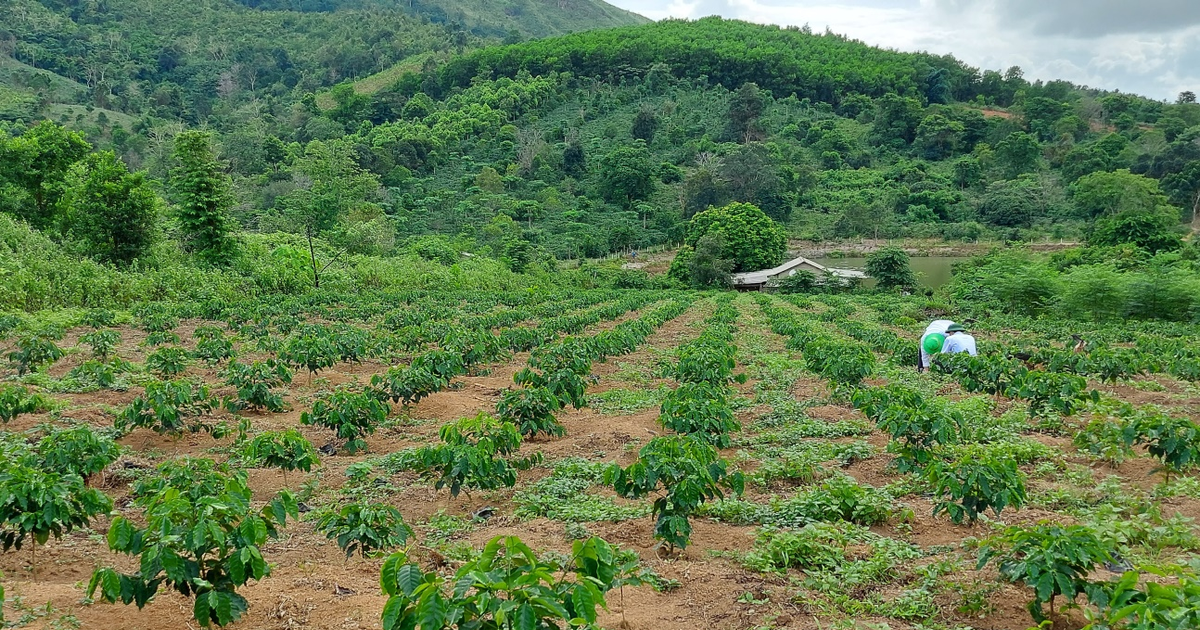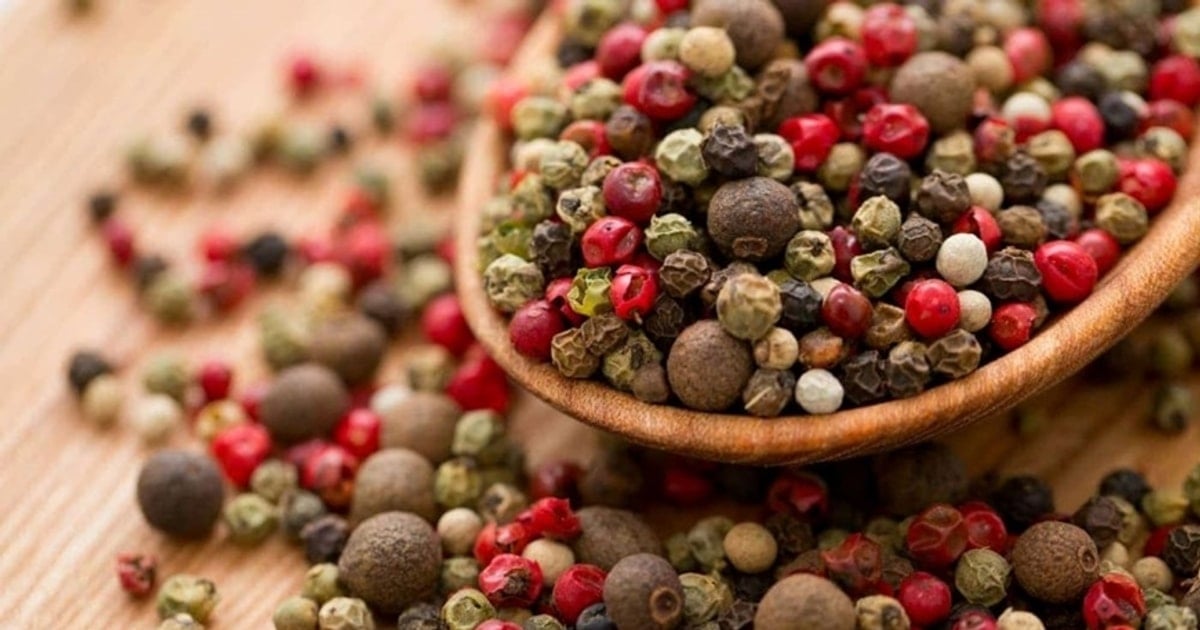According to the Ministry of Health, the Nutrition and Development Week from October 16 to 23 this year has the theme "Using and protecting clean water properly to improve nutrition, health, and quality of life".

Eating a lot of meat and few vegetables and fruits is one of the causes of increasing obesity and cardiovascular disease.
Currently, around the world, about 2 billion people use unsafe water and 2.4 billion people live in water-stressed countries.
The Ministry of Health recommends that people use safe clean water for eating and drinking, drink enough water according to their body's needs; organize family meals and school meals well to ensure diversity, balance, and adequate nutrition; choose foods with clear origin, ensuring safety in processing and preservation.
In Vietnam, according to surveys conducted by the Institute of Nutrition, in the past 10 years (2010 - 2020), the meal structure of Vietnamese people has changed significantly, with more balanced diets, approaching the recommended needs for energy-producing substances from carbohydrates, proteins, and fats.
However, the balance of the diet is still not guaranteed, in many places there is still too much animal protein in daily meals.
Average meat consumption is 134 grams/person/day. Of which, red meat is 95.5 grams (recommended requirement 70 grams/person/day); poultry meat is 36.2 grams/person/day. Meat products are 4.7 grams/person/day.
In urban areas, meat consumption is higher than the national average, at 154 grams/person/day. Of which, red meat is 155.3 grams/person/day; poultry is 36.5 grams/person/day and meat products are 3.9 grams/person/day.
In rural areas, although conditions are still difficult, meat consumption is 126.2 grams/person/day; of which red meat is 85.8 grams/person/day.
High meat consumption leads to more lipids (fats) from animal sources than from plant sources (the proportion of animal lipids is 51.4%).
Unhealthy eating habits and nutritional imbalances (lots of meat, animal fat, few vegetables and fruits) of Vietnamese people have increased chronic diseases related to nutrition such as: overweight, obesity, high blood pressure, diabetes, gout, dyslipidemia, etc.
In school-age children alone, the rate of overweight and obesity increased from 8.5% (in 2010) to 19% in 2020. In urban areas, this rate was 26.8%; in rural areas it was 18.3% and in mountainous areas it was 6.9%.
Message of Nutrition and Development Week
Encourage the development of gardens - ponds - barns to create available and safe food sources.
Organize family meals and school meals well to ensure variety, balance and adequate nutrition.
Proper nutritional care in the first 1,000 days of life helps children develop comprehensively in terms of stature and intelligence.
Choose foods with clear origins and ensure safety in processing and storage. Read nutritional information on food labels before purchasing and consuming.
Use clean water for daily use. Drink enough water according to your body's needs.
Source link




![[Photo] Overcoming all difficulties, speeding up construction progress of Hoa Binh Hydropower Plant Expansion Project](https://vstatic.vietnam.vn/vietnam/resource/IMAGE/2025/4/12/bff04b551e98484c84d74c8faa3526e0)

![[Photo] Closing of the 11th Conference of the 13th Central Committee of the Communist Party of Vietnam](https://vstatic.vietnam.vn/vietnam/resource/IMAGE/2025/4/12/114b57fe6e9b4814a5ddfacf6dfe5b7f)















![[Video] First time in Vietnam: Successful implantation of 3rd generation partial artificial heart](https://vstatic.vietnam.vn/vietnam/resource/IMAGE/2025/4/12/8817412224094c68ba2c744b7bd5cfea)








































































Comment (0)